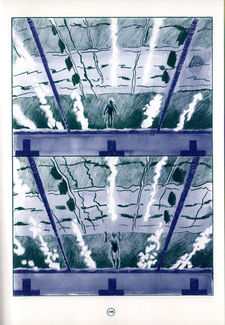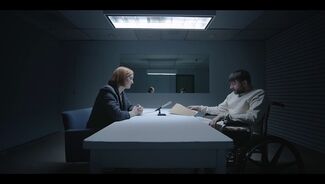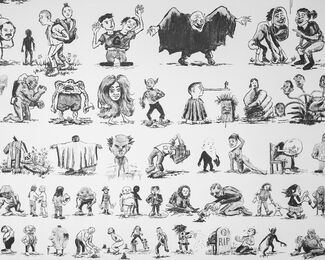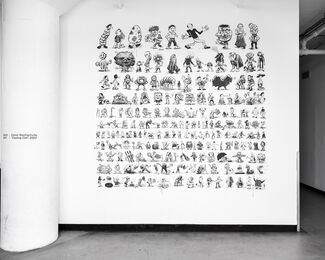

Conor Stechschulte
Assistant Professor
Contact
Bio
Conor Stechschulte (he/him) is an artist, cartoonist, and screenwriter whose work investigates the outlines of human identity, the malleability of memory, and the unstable nature of our perceptions. He is the author most recently of the graphic novel Ultrasound, published by Fantagraphics, along with dozens of self-published comics. He adapted Ultrasound into the screenplay for a feature film directed by Rob Schroeder and released by Magnolia Films in March of 2022. He has exhibited his work internationally and published with Breakdown Press in London, Colorama Press in Berlin, Cambourakis in Paris, and Coconino Press in Rome, among others. Conor received his BFA from the Maryland Institute College of Art and his MFA from the School of the Art Institute of Chicago. Exhibitions: No Role Models, Cleaner Gallery, Chicago, IL; Tree’s Company, Gridsport, Chicago, IL; Mind Map | Casting Call, Mana Contemporary, Chicago, IL; Il Peso Dell’Acqua, Studio Pilar, Rome, and Spazio &, Bologna, IT. Publications: Ultrasound, Fantagraphics; French translation, Cambourakis; Spanish translation, Libros Walden; Italian translation, Coconino; Cold Cube 04, Cold Cube Press; Colorama Clubhouse #10, Colorama; Generous Bosom 1–4, Breakdown Press. Awards: 2023 Eisner Award Nominee; Broken Frontier's Best Graphic Novel of 2022; Marion Kryczka Excellence in Teaching Award; Municipal Art League Fellowship.
Personal Statement
I strive to imbue my teaching with the values that I have discovered and nurtured in my own practice: that art should be made without the permission of institutions or gatekeepers; that art finds its value in circulation within or by the creation of communities; and that in order to have opportunities in one’s life and career, one must create opportunities for others.
All of my approaches to teaching center the empowerment of students to define themselves and their work on their own terms. This approach is necessarily skeptical of hierarchies as they exist in the art world, in art institutions, and in the world at large. It invites students to challenge these structures both in the content of the work they make and in redefining the context(s) within which it will exist. I believe print and especially self-publishing are among the most effective creative spaces for eroding hegemony and amplifying unheard voices.



